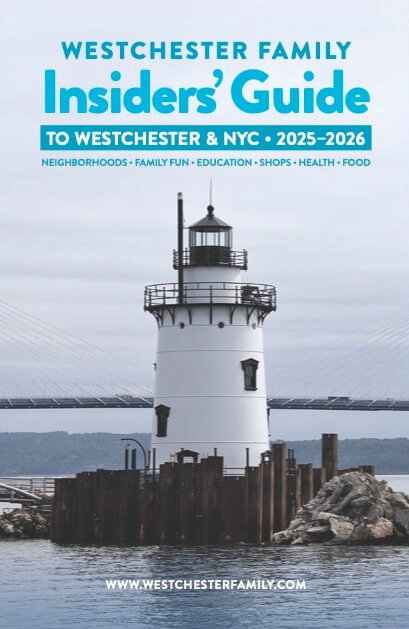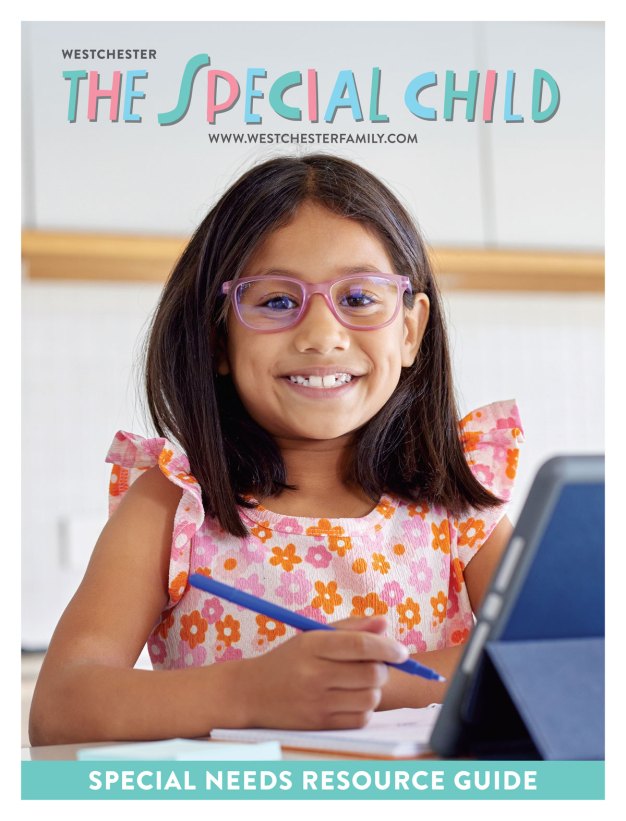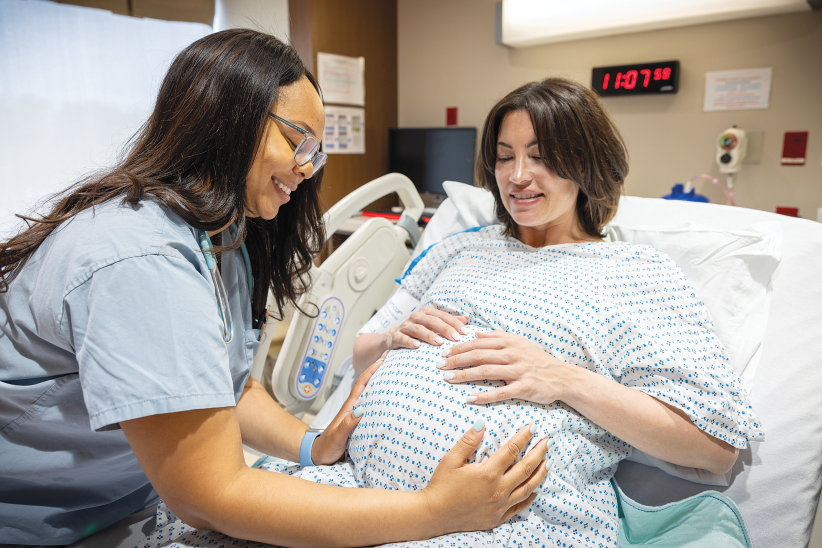Jenn DiFatta was devastated when her 6-year-old daughter Savanna was diagnosed with acute lymphoblastic leukemia (ALL) the month she started first grade. “You know it’s not your fault but you try to do everything right when it comes to keeping your kids healthy,” says DiFatta, who lives in New Rochelle.
When Savanna complained of back pain and had leg bruises, her parents took her to an urgent care facility, which then sent her to the emergency room for extensive testing. A bone marrow biopsy confirmed a leukemia diagnosis and she began a two-year protocol of blood transfusions, chemotherapy and spinal tap injections. “As much as you want to have hope and believe everything is going to be alright, in reality you know you could actually lose your child,” DiFatta says.
Good News
Fortunately, when it comes to the country’s most common childhood cancer, it’s a new world. Research advances in recent decades have led to high survival rates. In 1964, a child’s chance of surviving ALL was 3 percent. Today, more than 90 percent of children ages 15 and younger survive.
Savanna went into remission in just 29 days and now receives her chemotherapy on an outpatient basis and at home. Her family is planning a big party for when she finishes treatment in November. Three years after that she can say she’s “cured.”
ALL is a cancer of the bone marrow and blood that progresses rapidly without treatment. According to The Leukemia & Lymphoma Society’s (LLS) 2014-2015 Facts book, ALL accounted for more than 75 percent of the new leukemia cases in children, adolescents and adults younger than 20 in 2011, the most recent figures available.
Treatment
The treatment for ALL is complicated, usually involving six to eight 12-week cycles of intensive chemotherapy delivered intravenously and by spinal tap, supplemented by steroids and medications to prevent infection. Next comes 18 months to two years of lower-dose “maintenance” chemotherapy – mostly pills – given as an outpatient but requiring regular visits to a clinic.
Advances in the treatment of ALL have resulted in improved remission rates over the years although the protocols themselves haven’t changed much. Medication combinations have been tweaked to improve efficiency and tolerance, and scheduling and dosing has evolved considerably. Also, youngsters are now classified from low- to high-risk and therapies are individualized with the appropriate dosing and combinations. There has also been a movement away from treating children with radiation, which has dramatically reduced adverse side effects.
Coping
A blood cancer diagnosis is not only difficult on a child, it poses a hardship for the entire family. With a treatment plan that lasts two or three years (boys are treated longer), children miss a lot of school. They are vulnerable to infections, tire easily, experience bone pain or muscle wasting, develop puffiness, and may even have to be in a wheelchair.
Beatrice Abetti, director of the LLS Information Resource Center, based in White Plains, says families of newly diagnosed children need to realize it will be a long haul. “Cancer is a major disruption in the family equilibrium and it impacts everyone’s ability to lead a normal life,” she says. The child has to go to the doctor immediately if they get a fever and a family member needs to learn to administer drugs at home. One parent needs to care for the child full time, which can be a huge financial burden, according to Abetti.
“Families need to start asking for help on day one. Don’t be afraid to tell people what you need, whether that be casseroles for dinner, rides to school for siblings, or just a shoulder to cry on,” she says.
LLS recommends the Lotsa Helping Hands website (lotsahelpinghands.com) as a way to organize a community to help. Pediatric hospitals have social workers, child life specialists and support groups available to families.
Anyone can call LLS’s Information Resource Center at 800-955-4572 to speak one on one with an information specialist. They can assist you through cancer treatment and provide disease and support information.
LLS also offers resources for families. The Patti Robinson Kaufmann First Connection program matches up survivors with those who are newly diagnosed for support. A comprehensive website, information booklets, discussion boards, online chats, webcasts and videos are also available. For more information, contact the Connecticut Westchester Hudson Valley Chapter at 203-388-9160.
Lynne Smith writes on behalf of the The Leukemia & Lymphoma Society Connecticut Westchester Hudson Valley Chapter, lls.org/ctwhv.
Walk the Walk: How You Can Help
Jenn DiFatta, a stay-at-home mom, found that her daughter Savanna’s cancer diagnosis was all she could focus on, “It was like having a new job.” Recognizing that the family needed something positive in their lives, they turned to fundraising. A friend formed a team in Savanna’s name for one of the Leukemia & Lymphoma Society’s Light The Night Walks in 2013 to raise money for cancer research and patient services. Friends and family brought in $50,000 over two months.
This year you too can help by participating in the Light The Night Walk in our community. Westchester Family is proud to be a sponsor of the Light The Night Walk in Westchester County held at 5 p.m. on Saturday, Nov. 7, 2015 at Playland Amusement Park, 100 Playland Parkway, Rye, N.Y. Find more information at lightthenight.org/ctwhv. To contact the local chapter visit lls.org/ctwhv.













